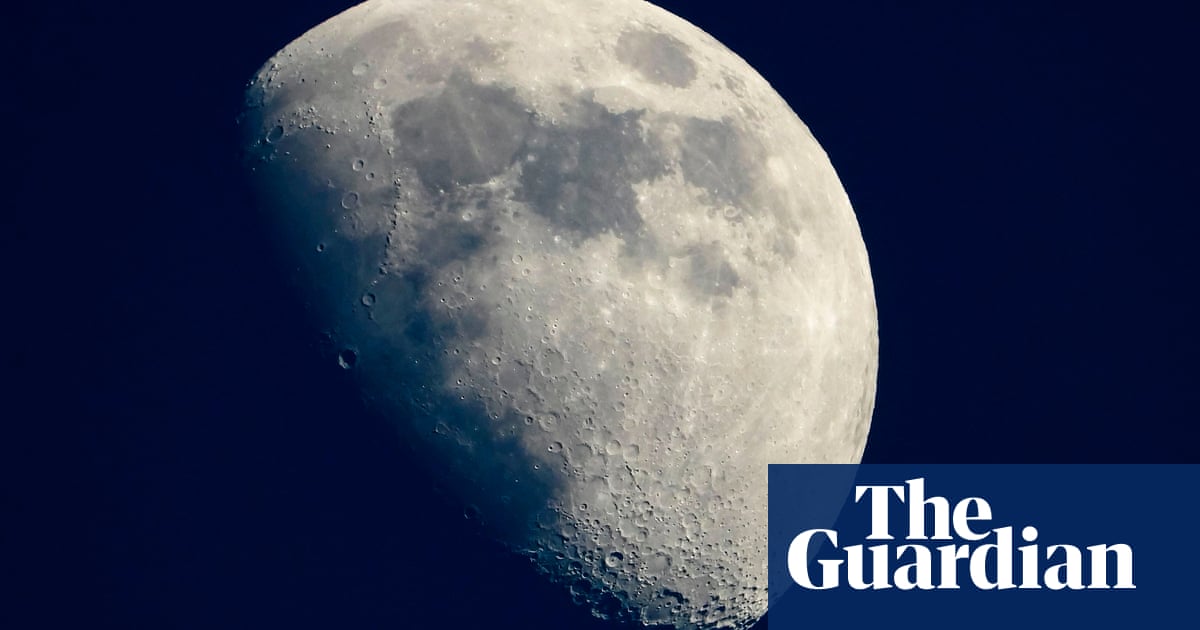
To the casual observer, the preparations under way at Cape Canaveral in Florida point to nothing more than a routine launch of another spacecraft to the latest destination in the solar system.
But the mission, scheduled for take-off on Christmas Eve, marks a turning point in space exploration. Rather than running the show, Nasa is handing over control: it has paid a private company, Astrobotic, to design a spacecraft and handle its launch and landing.
Barring last-minute snags, Peregrine Mission 1 – named after the fastest animal on Earth – will blast off at 6.50am UK time on a weeks-long voyage to the moon. It will thunder into space on the maiden flight of the new Vulcan rocket to become the first US lander sent to the moon in more than half a century.
The mission is the first in a fleet of private spacecraft bound for the moon in the next few years. Under Nasa’s commercial lunar payload services (CLPS) initiative, the agency is funding firms to build spacecraft and deliver cargo – along with payloads from other paying organisations – to various sites on the lunar surface.
The arrangement is a way to ferry equipment to the moon before astronauts return there later this decade. With this in mind, the Peregrine mission will carry five Nasa payloads to measure radiation, surface and subsurface water, and the thin layer of lunar gas called the exosphere.
Among Peregrine’s 15 other payloads are Japan’s lunar dream capsule, with messages from more than 80,000 children, one bitcoin from the Seychelles, and cremated human remains, courtesy of Elysium Space’s lunar memorial.
But this new era of moon missions has some scientists rattled. Future landers aim to drill for ice and other materials, potentially iron and rare earths, which are of interest to mining firms.
And this is where the conflict lies. Although scientists are broadly enthusiastic about the lunar armada, they have other plans for the moon’s surface. They want radio telescopes on the far side of the moon, because it is shielded from Earth’s electromagnetic din. They want infrared telescopes in lunar craters that are hidden from the sun’s warming rays. There are even hopes to build gravitational wave detectors on the moon’s surface.
“There are all these legitimate activities on the moon that are completely incompatible with each other,” said Richard Green, an astronomer at the University of Arizona. “Mining is completely incompatible with having an undisturbed scientific site, and similarly if you are landing and taking off, that kicks up a great deal of debris.”
Beyond constructing moon-based observatories, scientists want to study the pristine lunar ice and other materials before it is disturbed or polluted. It may hold the secrets to how volatile and organic compounds reached Earth, and show how space radiation can drive reactions relevant for life.
The problem is that no one is coordinating plans. And as more landers touch down, and more companies invest, it will become harder to thrash out a fair and trusted process whereby all countries and all sectors can pursue their aims without messing things up for others.
At the end of November, Green chaired the International Astronomical Union’s first working group on astronomy from the moon. He is contacting teams around the world to identify lunar sites of special scientific interest, where conditions look ripe for future telescopes or gravitational wave detectors.
But even if scientists can agree a list of lunar sites to ringfence, there is no global, authoritative body that can consider requests and assign protection. “If you have no regulations, there’s nothing to stop a company landing in the same crater where you are building a detector and digging stuff up and creating a lot of dust and vibration,” said Ian Crawford, professor of planetary science at Birkbeck, University of London. “That is what’s lacking.”
One idea is to designate some craters at the lunar south pole as sites of special scientific interest, preserving them for research. Crawford favours the move and argues for the moon’s entire north pole to be declared off-limits to all until the extent of pollution caused by operations in the south becomes clear.
As for who should make the decisions, there are several groups, Crawford said. The Committee on Space Research (Cospar) has drawn up planetary protection policy and could cover activities on the moon. The International Space Exploration Coordination Group (Isecg) should also be involved. And Nasa’s Artemis Accords, which set out principles for civil exploration and use of outer space, could be updated to address conflicting activities on moon, though China and Russia are unlikely to sign up.
We don’t have a lot of time, says Green. “This is the latest space race,” he said. “We are at the stage right now where people are still establishing their capabilities. But once there are prototypes on the moon and people have set foot again, things will move pretty fast. There are big commercial interests.”












